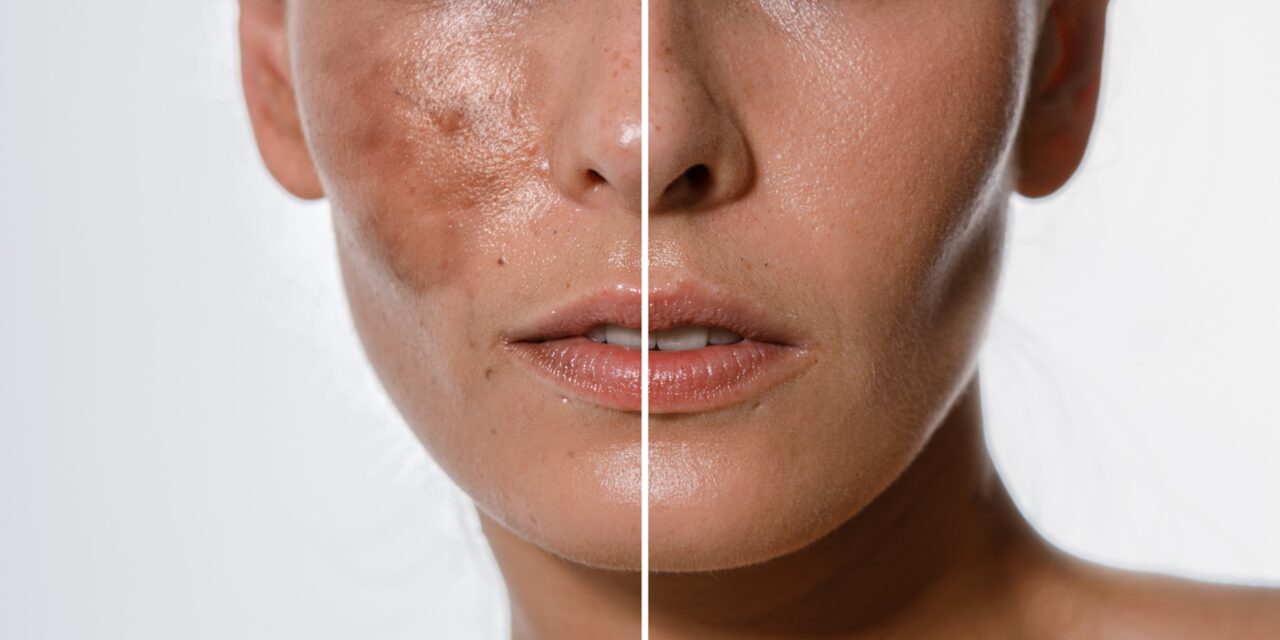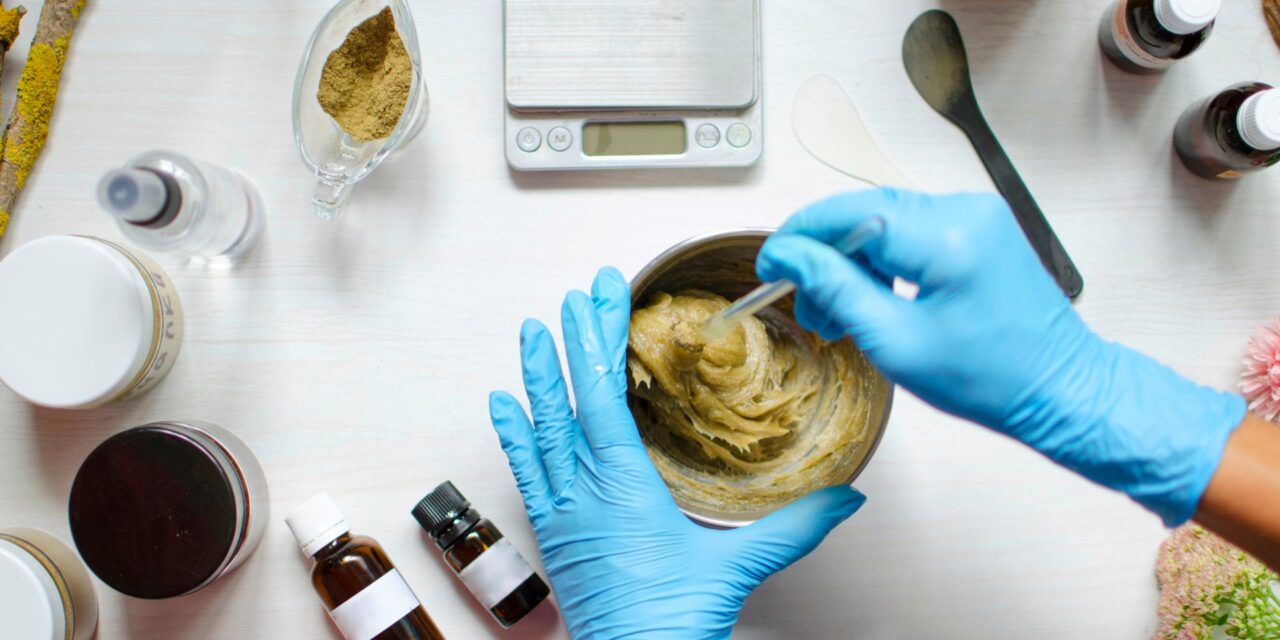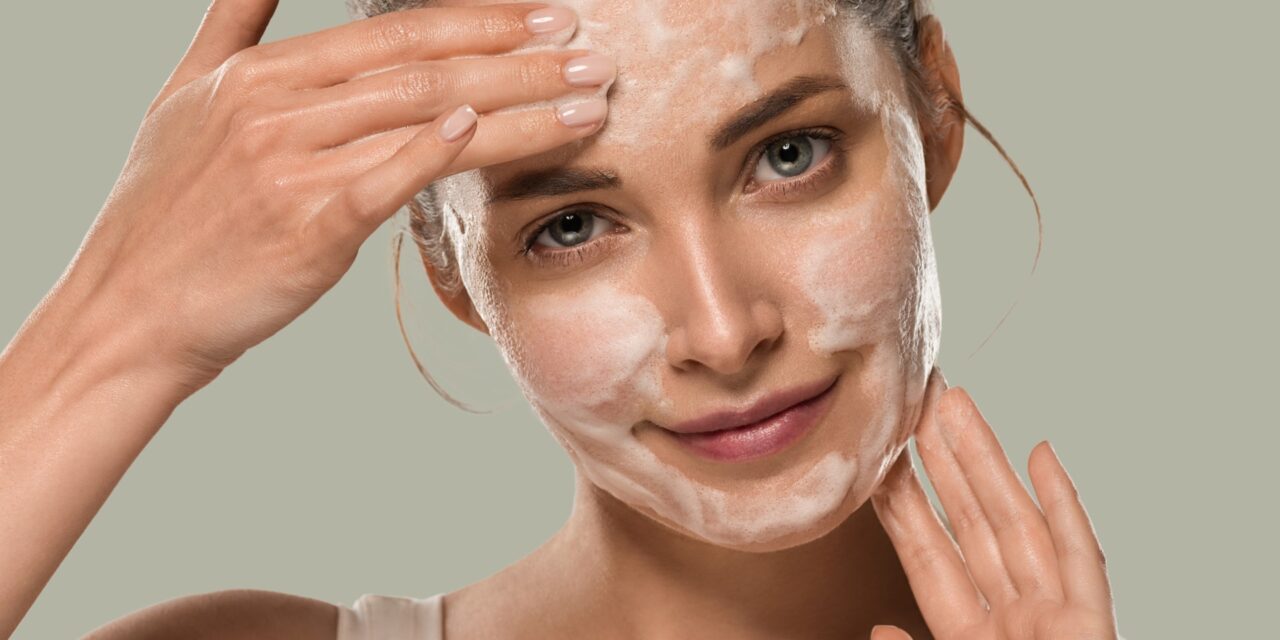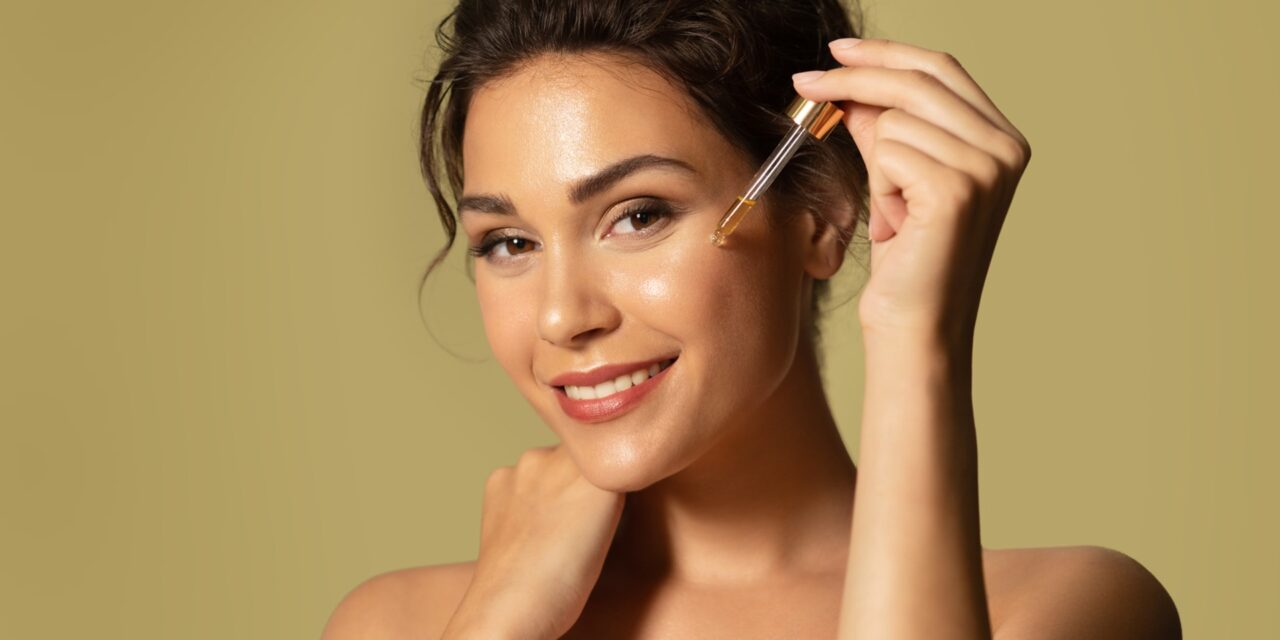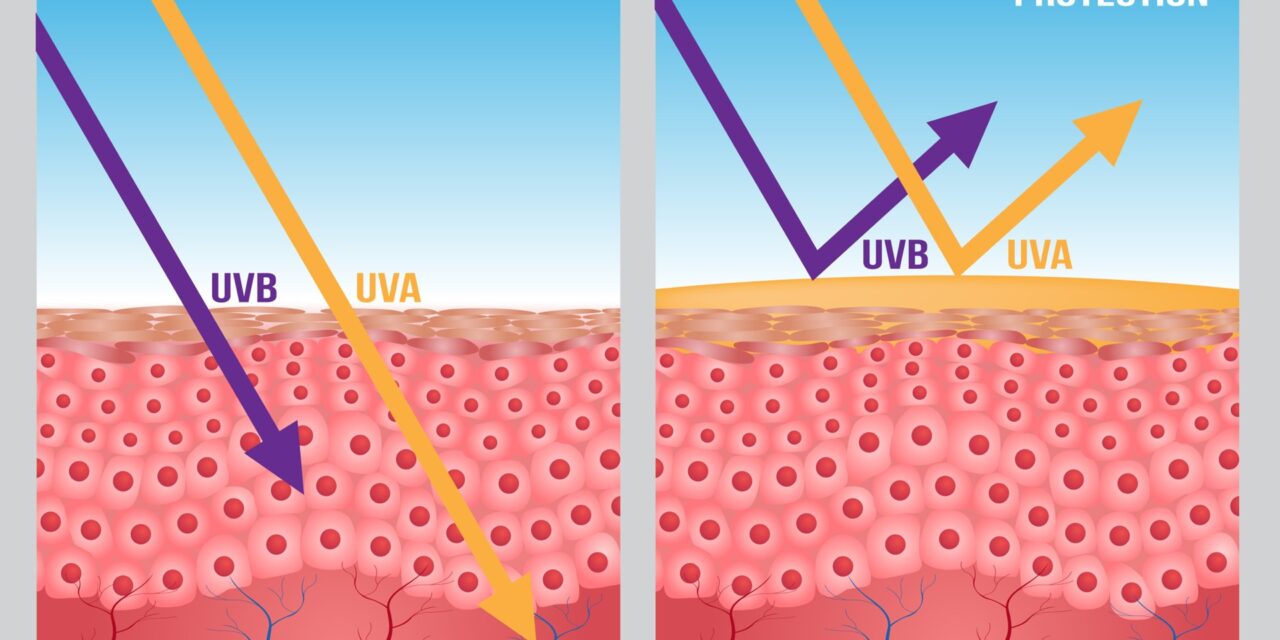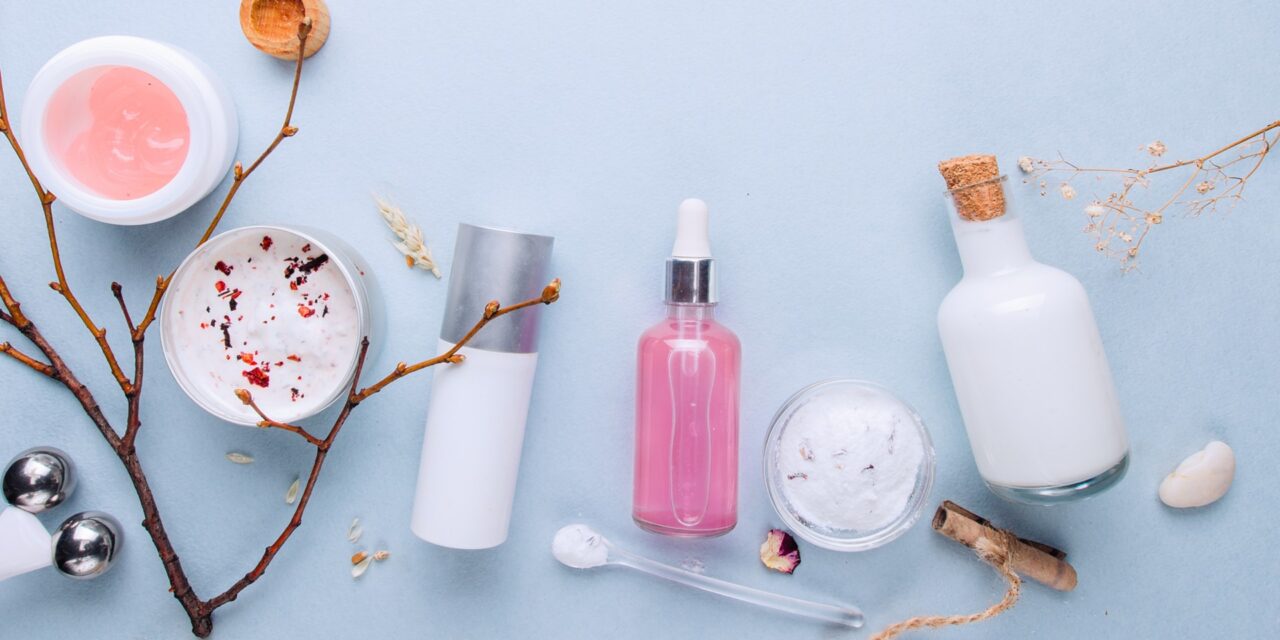Hyperpigmentation of the skin is a common dermatological issues in which the color of the skin generally becomes darker. Hyperpigmentation occurs when the pigment producing cells of the skin, called melanocytes, begin to produce too much pigment - melanin. These changes in skin coloration can be a result of various internal and external factors and can be manifest in different forms.
HomeCategory
Archiwa Cosmetics - Page 2 of 4 - GBA POLSKA
One of the possible reasons for the rapid spread of unconfirmed information about talc safety is the association of talc with asbestos, which has a proven carcinogenic effect. Both substances have the same chemical name - hydrated magnesium silicate. However, the crystal structure and therefore the chemical and toxicological properties of both substances are completely different.
The cosmetics industry has long been reliant on a plethora of ingredients derived from animals. From beeswax to collagen, these ingredients have served various functions, ranging from providing texture and stability to offering skincare benefits. However, as consumer awareness about animal welfare and sustainability grows, there is an increasing demand for vegan alternatives in cosmetics.
Every day in stores we see a wide range of cosmetics, shelves are filled with various creams, balms, perfumes, lipsticks, fluids, and deodorants. Cosmetic companies introduce new products every year, expanding their cosmetic portfolio. However, in order for a cosmetic product to reach the shelves, it must undergo a series of tests to ensure its safety of use.
The water resistance study consists of the measurement of the sun protection factor (SPF) after water immersions of the studied product with the participation of volunteers (so-called in vivo methodology).
Human skin is exposed every day to various external factors, including changing temperatures, wind, air conditioning and solar radiation. Moreover, it is regularly treated with smaller or larger amounts of the product cosmetic products, both for cleansing, care and protection.
In the realm of beauty and personal care, cosmetics have become an integral part of our daily routines. Whether it's applying moisturizer in the morning, adding a pop of color with lipstick, or indulging in a luxurious skincare regimen, cosmetics allow us to express ourselves and enhance our natural beauty. Amidst the excitement and glamour of the beauty industry, there lies an important issue that is called cosmetic safety.
The skin is the body's largest and primary protective organ. The skin covers the body’s entire external surface and serves as a first-order physical barrier against the environment. Functions: temperature regulation and protection against UV light, injury, pathogens, microorganisms and toxins. Moreover, the skin plays a role in immunologic surveillance, sensory perception, control of insensible fluid loss, and homeostasis. One of the most important function of the skin is transport route for cosmetic active substances and it is very significant fact for the cosmetic industry.
UV (ultraviolet) radiation from the sun poses both benefits and risks to human health. While UV exposure is necessary for the production of vitamin D and can positively affect mood, excessive exposure can lead to sunburn, premature aging, and an increased risk of skin cancer.
Perfumes and deodorants are the most frequent sources of sensitisation to fragrance ingredients in women, while aftershave products and deodorants are most often responsible in men. Thereafter, eczema may appear or be worsened by contact with other fragranced products such as cosmetics, toiletries, household products, industrial contacts and flavourings. Between 10 and 25% of patients routinely tested for suspected allergic contact dermatitis react to a standard indicator of fragrance allergy and they report it in the medical interview.

